The animated nature remains in winter sleep. The majority of plant species are at rest. Vital processes are vastly restricted, yet the full ability to live is preserved.
What is new in nature?
January
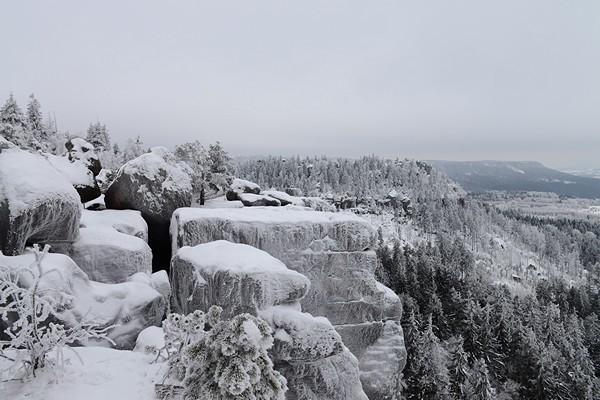

In order to withstand the difficult conditions, numerous animal species hibernate. This includes amphibians and bats found in the Stołowe Mountains. Hibernation involves a considerable reduction of the metabolism, the heart and breathing rates are slowed and the body temperature is significantly reduced.
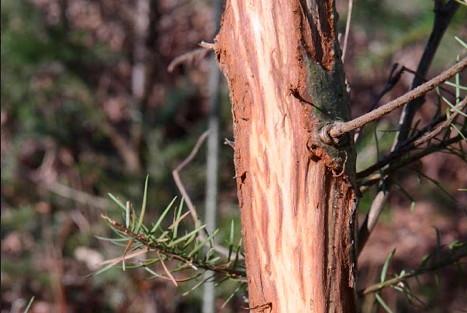
In January, when the lowest mean annual temperatures occur, a thick layer of snow covers the Stołowe Mountains, making it difficult for animals to obtain food. At this time, they feed on fragments of plants, shrubs and young trees. It is a difficult time for roe deer, red deer and wild hogs, which often approach homes in the search of food during winter.
February
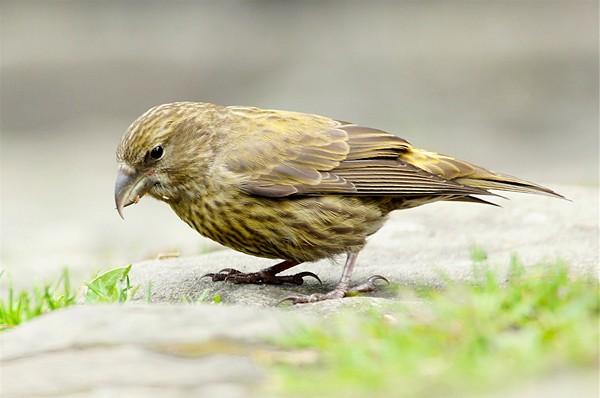
During milder winters, the red crossbill is able to raise its young. The female lays eggs at an unusual time for our latitude, sometimes even in January. The first early arrivals of birds begin in February.
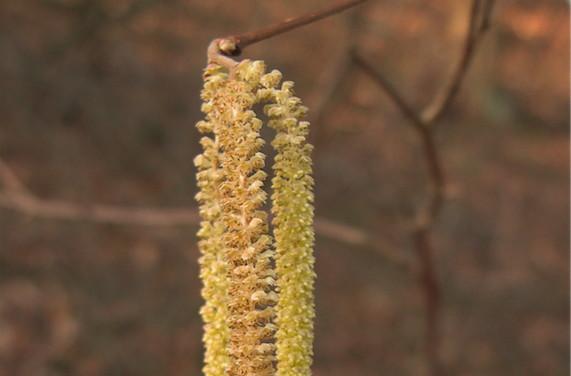
The common hazel and common hazel can flower in mid-February. It is a signal of early spring.
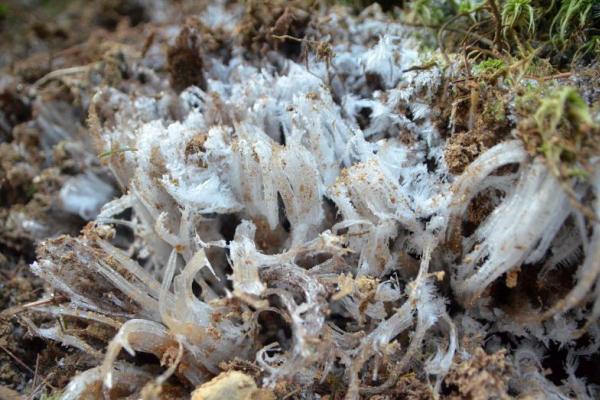
Needle ice can form in soils with high water capacity at temperatures below zero. Such ice grows out of the soil in the form of ice needles and may damage plant roots and hideouts of small mammals.
March
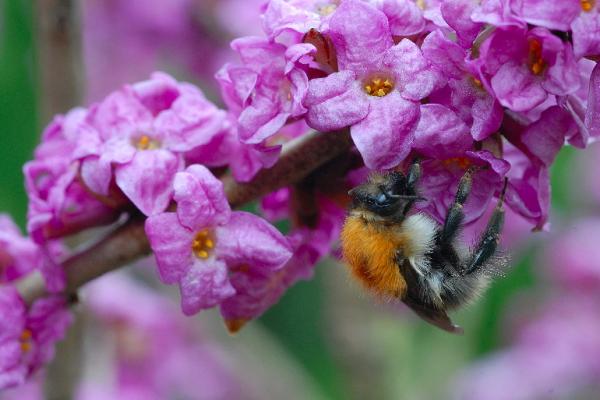
We observe the first sings of spring. Common snowdrops and spring snowflakes flower on marshy areas. The coltsfoot starts to flower, large buds can be seen on trees and catkins start to appear on willows. The February daphne looks particularly impressive, with pink flowers appearing before the leaves are formed.
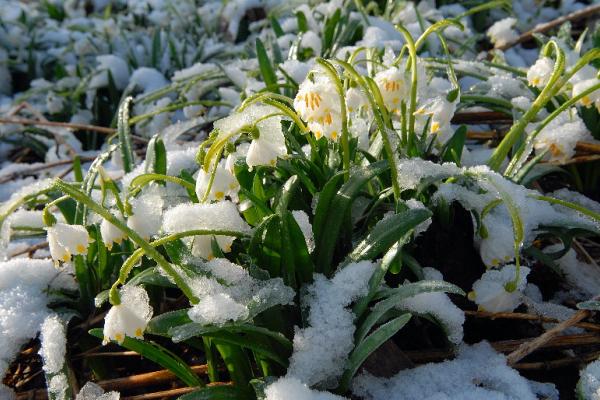
Spring Equinox occurs between 20 and 21 March. From this moment on, for half a year, the North Pole will be closer to the Sun than the South Pole, meaning that the northern hemisphere of the Earth will receive more sunlight. Starting with the Spring Equinox, the day in the northern hemisphere becomes longer than the night, and shorter in the southern hemisphere.
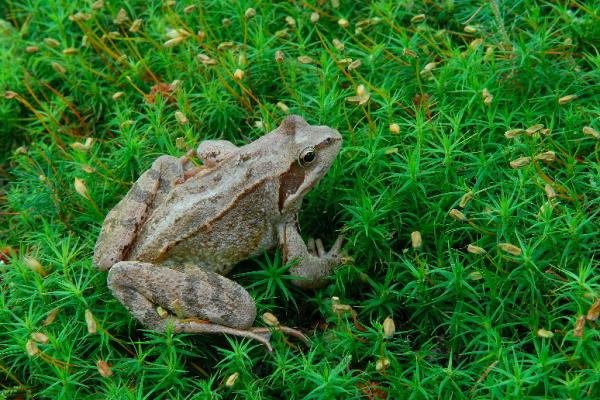
Calendar spring begins on 21 March. Amphibians awake from the winter hibernation period and begin their migration to water bodies in order to spawn there. In the area of the Stołowe Mountains the first amphibians to awaken are the common frogs, shortly followed by common toads, fire salamanders, smooth newts and alpine newts.
April
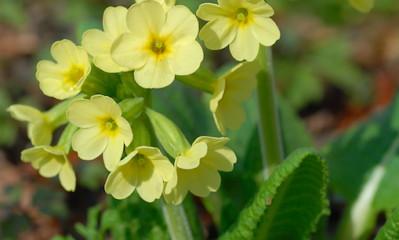
The true oxlip starts flowering. Its bright yellow flowers are grouped in umbels at the top of the stem. It occurs on humid meadows, bushes and in deciduous forests. In folk and herbal medicine this plant is considered to have medicinal properties - and is particularly useful for treating colds.

Intense activity takes place in nature. The animals that hibernated during winter: dormice, badgers or hedgehogs begin the search for food. Typically in April the amphibians found in the Stołowe Mountains stop their breeding season and start the so-called trophic season, during which they focus on feeding. It is mating season for birds.
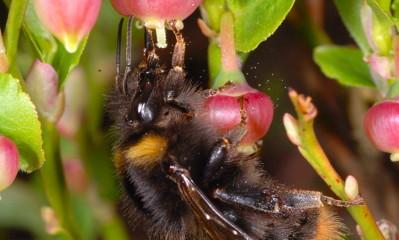
Billberry produces green-pink flowers and lingonberry has white-pink flowers in the upper portions of the Stołowe Mountains. Both species are included in the heather family and grow on acidic soils. Their fruits constitute a source of food for numerous bird species and small mammals.
May

Hawthorn, rowan, as well as pine, spruce and fir all flower in May. Moreover, it is the time of blossom for globeflowers. Its Polish name ‘róża kłodzka’ refers to it being seen as the symbol of the Kłodzko area.
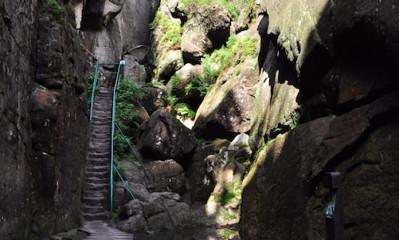
Despite the increasing temperature, the Piekiełko in the Szczeliniec Wielki still contains snow and ice. The Piekiełko, which is a rock crevice measuring 25 meters in depth, has a specific microclimate with low temperatures and high humidity. Such conditions favour the development of numerous moss and lichen species.

It is the time when red deer and roe deer young are born. Numerous bird species are nesting or start to take care of freshly hatched chicks. Numerous bird species occurring in the Stołowe Mountains are hatching, including the common redpoll, great spotted woodpecker and Eurasian pygmy owl.
June
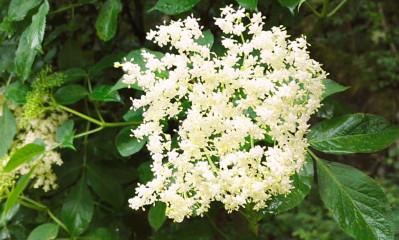
The black elder blossoms in June - it is a shrub species common throughout Europe. Its white flowers produce a pleasant scent. Squirrels have their mating season at the time, which is typically the second one after the one occurring in February/March. The young are born between July and August.
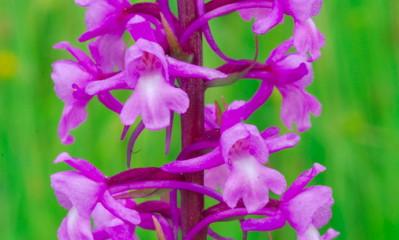
Nine orchid species are found outside of the forest areas of the Stołowe Mountains - all of them subject to species protection. The orchids, including the lesser butterfly-orchid, eggleaf twayblade and fragrant orchid typically blossom at the beginning of June. Note! It is strictly forbidden to pick or dig out orchids.
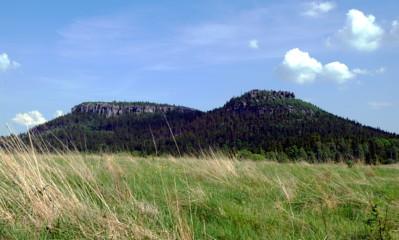
Summer solstice takes place on 21 June (one day earlier in leap years). Then the rays of sunlight fall on the Tropic of Cancer at right angle, and the polar day occurs in the polar region. This is the longest day in the northern hemisphere and it marks the beginning of summer.
July
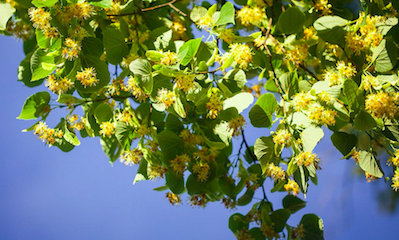
July is the time when the small-leaved lime blossoms. The Polish name of the month (lipiec) originates from these trees (lipa) that flower at the time. The pleasant, sweet scent of the bright yellow flowers attracts hundreds of bees that pollinate them. Due to their diaphoretic and anti-inflammatory properties, small-leaved lime flowers are used in herbal medicine.
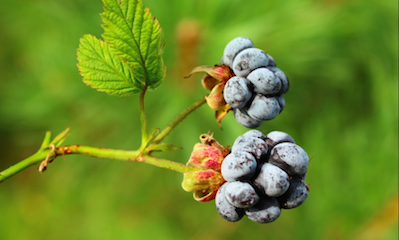
Fruits of the European dewberry mature in mid-July, on mid-forest glades and on the forest margins. Typically the black fruit is covered with characteristic blue coating. The dewberry fruits are edible and have a sour taste. Due to their anti-inflammatory properties, leaves from young sprouts are used in herbal medicine.

Parasol mushrooms appear in glades and meadows. The first large fruiting body mushrooms can be found in forests. Fly amanitas, king boletes, bay boletes, saffron milk caps and honey fungi can be found in the area of the Stołowe Mountains. Some of them, such as the common morel are subject to partial species protection.
August
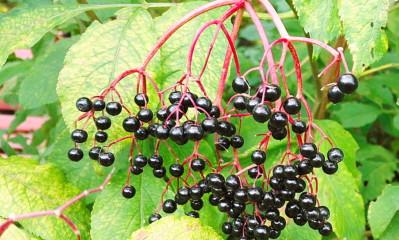
Fruits of the black elder and rowan start maturing. This is an unmistakable sign of approaching autumn.
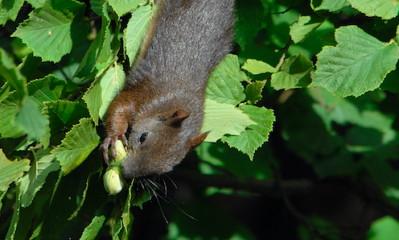
In August, animals begin preparations for winter: they change their diet, eat a lot to accumulate fat reserves. Some of them collect food supplies to be used in difficult winter months. The fur is also subject to change, sometimes even its colouration, as in the case of the ermine, which assumes white winter dress.
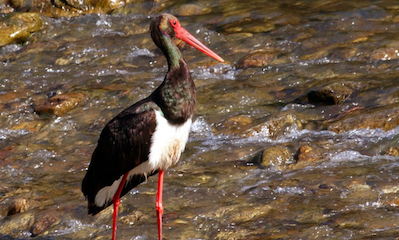
At the end of August some birds begin their migration to tropical countries. Black and white storks, barn swallows and common house martins and common swifts fly to Africa. Common starlings, common chaffinches and skylarks migrate to southern Europe. On the other hand, Poland is visited by waxwings, bullfinches and redpolls, flying in from northern areas.
September

Certain insects migrate to tropical countries. Butterflies, such as the painted lady and red admiral fly to the Mediterranean area and even reach northern Africa.
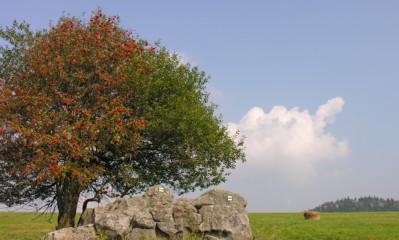
Autumn Equinox occurs between 22 and 23 September. From this moment on, for half a year, the South Pole will be closer to the Sun than the North Pole, meaning that the southern hemisphere of the Earth will receive more sunlight. Starting with the Autumn Equinox, the day in the northern hemisphere becomes shorter than the night, and longer in the southern hemisphere. The calendar autumn begins in the northern hemisphere.
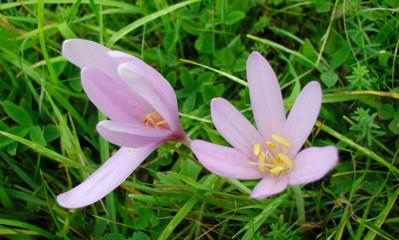
The meadow saffron starts flowering in September. Its other common (and incorrect) species name ‘crocus’ comes from its appearance. The meadow saffron occurs on humid meadows, where it creates bright purple fields while it blooms. Note! The plant and its seeds are poisonous for animals and humans.
October
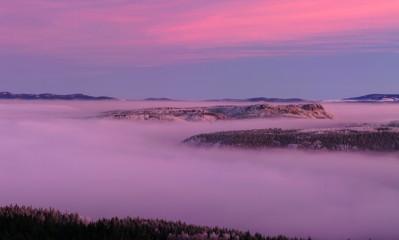
The phenomenon of thermal inversion can be observed in the Stołowe Mountains between September and October. It consists in reversal of temperature layers - with altitude the air temperature increases. Inversion is typically accompanied by the so-called ‘sea of fog’ = when the cold, humid air accumulates in valleys, while warm and dry air is lifted above.
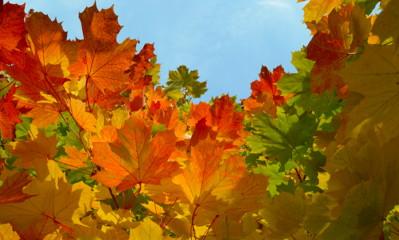
In autumn, leaves on trees and shrubs change their colour. This is a result of the inhibition of photosynthesis and the disappearance of the green pigment (chlorophyll). Trees begin to produce carotenoids, responsible for the change of leaf colour to yellow and orange and anthocyanins resulting in red colour of the leaves.
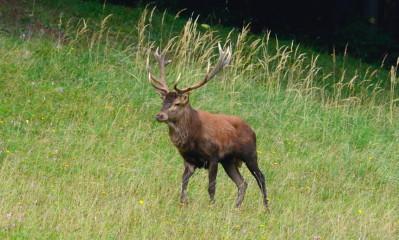
The rut takes place, which is the mating season of red deer. At the time, males call females by producing low, bass sounds. They start calling in the evening, and continue up to dawn. The rut typically lasts up to four weeks.
November

The bird migrations to the south are continuing. In November, such species as the siskin, blackbird, white wagtail and common kestrel migrate to the south. In this period, northern bird species, such as waxwings, come to Poland for wintering.
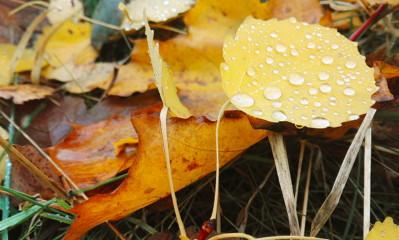
The falling of leaves is a phenomenon that prepares deciduous trees for low temperatures and water deficiency in the winter. Before this happens, the so-called abscission layer is formed in the leaf petiole, which is a loose layer of cells responsible for the process of leaf separation from the plant.
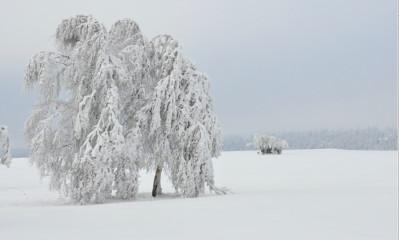
The first ground frosts occur. The temperature at the ground level drops below 0° Celsius. Commonly in this period, the cooled objects are covered by a thin layer of ice crystals known as hoarfrost. It is formed as a result of the contact of water vapour from the air with objects with temperature lower than 0° Celsius.
December
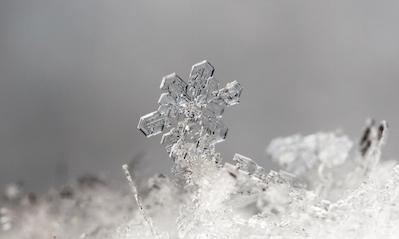
Snow consists of fine ice particles formed in clouds as a result of water vapour freezing. They typically assume the form of six-pointed star. Several such crystals may create a snow flake. Sometimes fine ice balls may be formed, known as the graupel.

Winter Solstice occurs on 21 or 22 (leap years) December, when the sunlight rays fall at right angle on the Tropic of Capricorn, and it is when the calendar winter begins. This is the shortest day of the year in the northern hemisphere, and the following days become gradually longer.
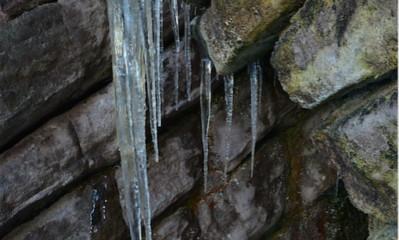
One of the processes causing physical weathering of rock can be observed during winter, namely frost weathering. Water freezing in rocky crevices increases its volume turning into ice and forcing rocks to burst. The most intense effect occurs when temperature varies around 0° Celsius, when water frequently freezes and thaws.

